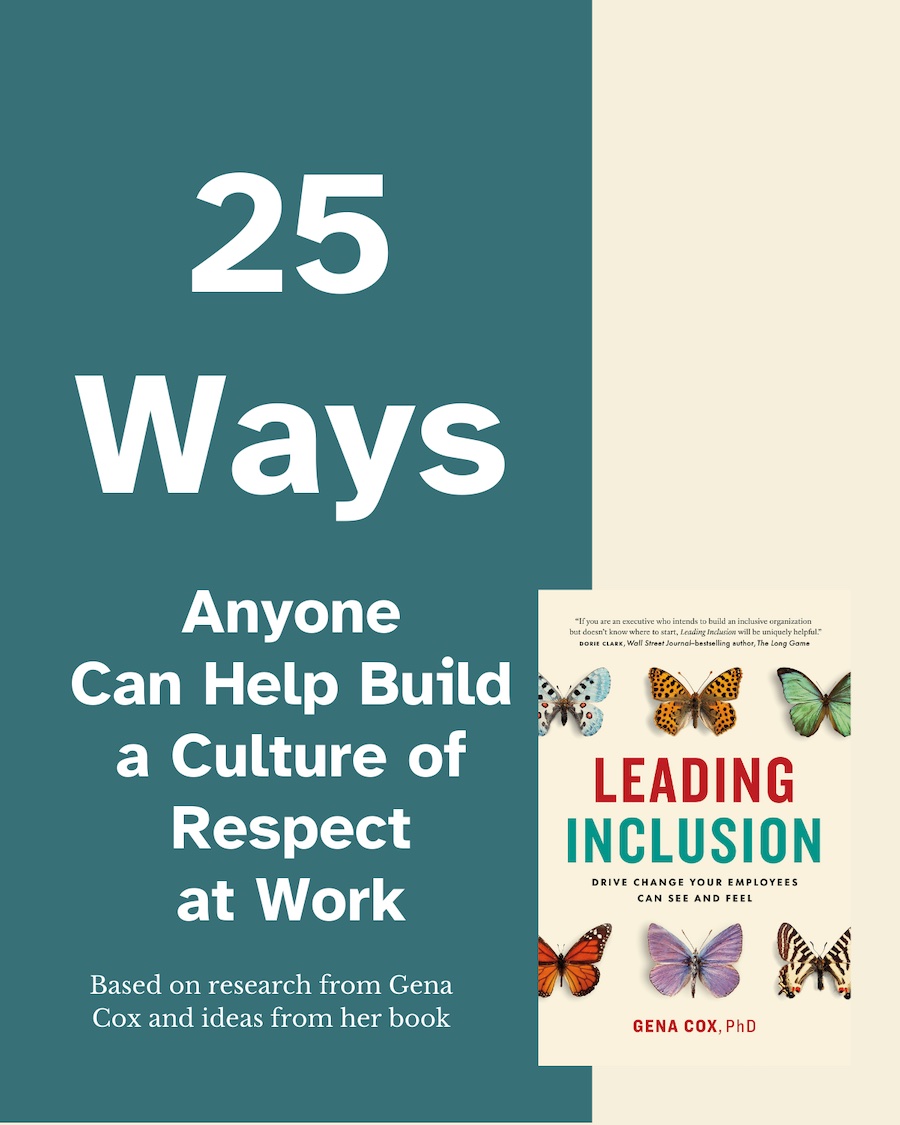You already know how to be an inclusive leader: Connect!

The best leaders I know are also the most inclusive. I have always thought so, but the increased volume in the discourse about racial justice has jogged my memory.
Over the years I have had the pleasure to coach a variety of leaders to hone their leadership skills and perspectives in a fast-changing world. I learned that some leaders are excited to try new behaviors while others are not. It reminds me of traveling with friends. There are those who want every minute of the day spelled out in a TripIt itinerary and those who say, “let’s anchor the day with a good breakfast and a great dinner and fill in the middle based on what we discover along the way! Let’s make this trip an adventure!”
Inclusive leadership can be an easy trip! Leaders who think of leadership as an adventure are willing to go beyond the tried-and-true recipe for leadership impact, beyond the traditional platitudes, beyond the familiar hierarchies, beyond the familiar relationships, and beyond the familiar solutions. They depend on something even more basic and more powerful: making consistent human connections.
And that brings me back to those great leaders I have known. They were definitely the “trippy” kind, willing to add a few unfamiliar behaviors to their repertoire!
- Dina often asked me to weigh in on ideas she was planning to share with her peer group. She did this because she wanted to remove the mystery of executive decision-making and let me understand that my ideas could be just as useful as those of her peers.
- Harold was truly amazing when it came to sharing information; as an executive leader he could easily have passed the information to his immediate downline, and wait for the information to filter down. Instead, whenever he thought a piece of information was critical, and he wanted to make sure I understood it, he would share that information himself. Thus, ensuring timeliness, accuracy and personal interest.
- Keisha, had an amazing habit; she would always find a way to call my name when I did something good. I never knew how she would do it: a phone call, a mention on the all-hands call, a note, an email, a gift card, an invitation to lunch, or an invitation to accompany her to a vital client presentation. She had a million ways to recognize and promote me, and all her team members.
- Rosemary and Al always shared development opportunities. When they saw a potentially-useful learning or development opportunity, they passed it along. Thanks to them, I got the chance to do many things I would never have considered, without their “heads-up.”
- Peter, who always asked, “what do you need” and then said “thank you”, even though I was the one who was being helped more. He is the master of civility and took servant leadership very seriously!
Upon reflection, the behaviors they exhibited, which I now label “inclusive” were not esoteric. Their behaviors simply made the parties involved feel more human and connected. These inclusive behaviors, and many others, can be easily added to the leadership itinerary, even if you are a leader who does not usually like change.
You probably already know how to be an inclusive leader. Do the little things:
- Think about, and do, the things you can to help each person on your team to thrive.
- Do those things consistently.
- Do those things for everyone on your team, not just for some.
- Make sure the leaders on your team do 1 through 3 above.
Inclusive leadership does not require a grand plan. However, it might require changing some day-to-day behaviors. Impactful leadership requires inclusion, especially as the world is changing.
—————
Reference:
Travis, D. J., Shaffer, E., & Thorpe-Moscon, J. (2019, Nov. 21). Catalyst Report: Getting Real About Inclusive Leadership. Downloaded from https://www.catalyst.org/research/inclusive-leadership-report/















